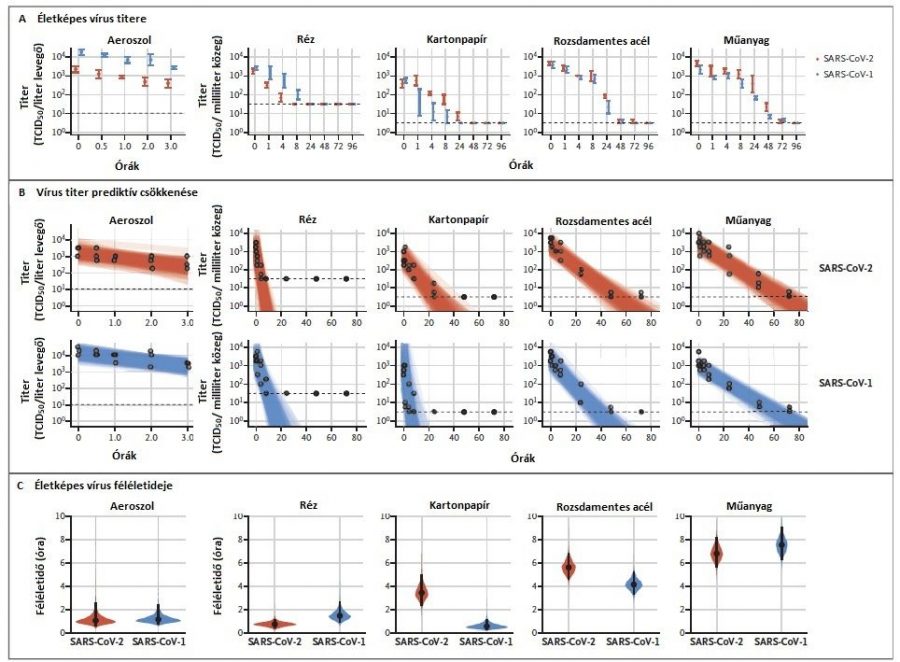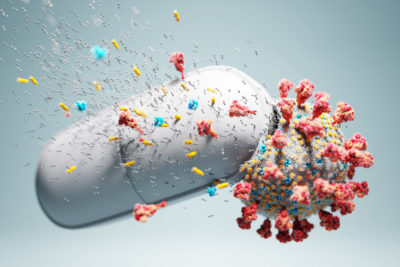Based on the latest research results, the novel coronavirus can be virulent for up to 72 hours on certain surfaces. According to data published in the New England Journal of Medicine, the novel coronavirus can survive up to four hours on copper surfaces, up to 24 hours on cardboard, up to 72 hours on plastic and stainless steel surfaces and for several hours when adhering to airborne particles. That is why it is really important for everybody to pay more attention to frequent and thorough hand washing that is the best known method of preventing diseases since the discovery of Ignác Semmelweis. In addition, frequent disinfection of different surfaces is of utmost importance, especially in hospitals and community areas.
SARS-CoV-2 (severe acute respiratory syndrome coronavirus 2) is a new type of coronavirus that appeared in Wuhan in 2019 and has caused a pandemic since.
A recent study published in the New England Journal of Medicine investigated the stability of SARS-CoV-2 on the surface of different materials and in aerosols, then compared it to the that of its closely related strain, SARS-CoV-1.
The study examined the two viruses in 5 different environments: in aerosols, on plastic, on stainless steel, on copper and on cardboard. The analyses were carried out at 21-23C, with 65% relative humidity in case of aerosols and with 40% relative humidity in case of the different materials.
SARS-CoV-2 survived the 3 hours of the study and remained viable. (Figure A) It was more stable on plastic and stainless steel than on copper and cardboard.
It remained virulent on plastic for up to 72 hours, while it survived on stainless steel for up to 48 hours, however, its concentration significantly decreased.

SARS-CoV-2 was viable for 4 hours on copper surfaces compared to the 8 hours of SARS-CoV1. In the study of cardboard, SARS-CoV-2 was active for 24 hours, whereas SARS-CoV-1 was no longer detectable after 8 hours.
The concentration of both viruses decreased exponentially under the experimental conditions (Figure B). The half-lives of both SARS-CoV-2 and SARS-CoV-1 were similar in the form of aerosol and on copper surfaces, while the half-life of SARS-CoV-2 was longer on cardboard. Both viruses survived the longest on stainless steel and plastic.
The stability of SARS-CoV-2 and SARS-CoV-1 was similar under experimental conditions, which suggests that differences in the epidemiological features of the two viruses derive from other factors, such as the asymptomatic infection of SARS-CoV-2.
Based on the results of this study, it is important to pay dedicated attention to regular hand washing and sanitation, as well as the disinfection of different surfaces, especially in hospitals and other community areas.
Dr. Anett Behon, PhD student
Translation: Ágnes Raubinek


